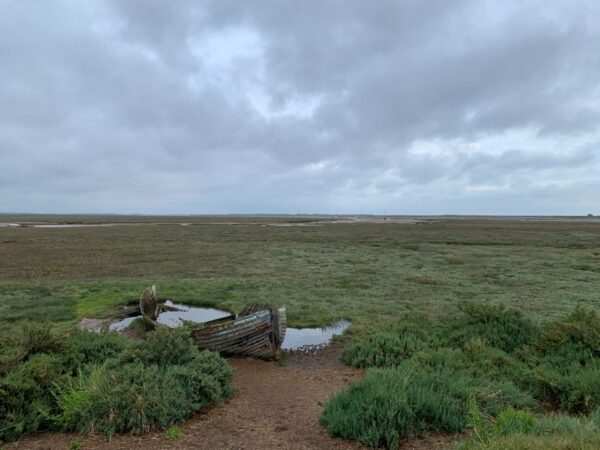Wetlands along the east coast of England, from the Humber to the Thames, have successfully been added to the UK’s Tentative List of World Heritage sites.
England’s east coast wetlands will be added to the UK’s Tentative List of World Heritage sites along with just five other new sites, the UK Government has announced. Inclusion on this exclusive list is the first stage towards joining UNESCO’s (United National Educational, Scientific and Cultural Organisation) World Heritage List, which recognises cultural and natural heritage across the globe considered to be of outstanding universal value to humanity.
Photo by Ian Thompson
The proposed site receiving backing from government brings together a coastal network of wetlands covering 170,000 hectares. The East Atlantic Flyway, a migratory bird route over western parts of Europe including Yorkshire, Lincolnshire, Norfolk, Suffolk, Essex and Kent, joins the UK’s list in recognition of its vital importance to bird populations and wildlife. The area sees huge transient bird populations pass through every year as the seasons change.
The application was put forward by the RSPB, National Trust and Wildfowl and Wetlands Trust with the backing of local councils and the crown estate and is one of seven potential Unesco sites submitted by the government after judging by an independent expert panel. A “tentative list” is published every 10 years or so, and this decade’s list includes York city centre, Birkenhead park and an iron-age settlement in Shetland.
“If we really want to preserve these migratory species, we need to connect the dots and make sure that stopover places are truly protected,” says Patricia Zurita, the CEO of BirdLife International. “Just protecting the nesting areas in the north or the wintering areas in the south is not enough. You need the pitstops.”
Laura Davies, HM Ambassador to UNESCO, said:
“It is great that the UK is contributing to making World Heritage more representative. These…sites brilliantly reflect the diversity and beauty of the UK and its Overseas Territories’ natural and cultural heritage, and I look forward to working with them towards World Heritage listing.”
This reports consists of extracts from DCMS, Guardian and RSPB.
